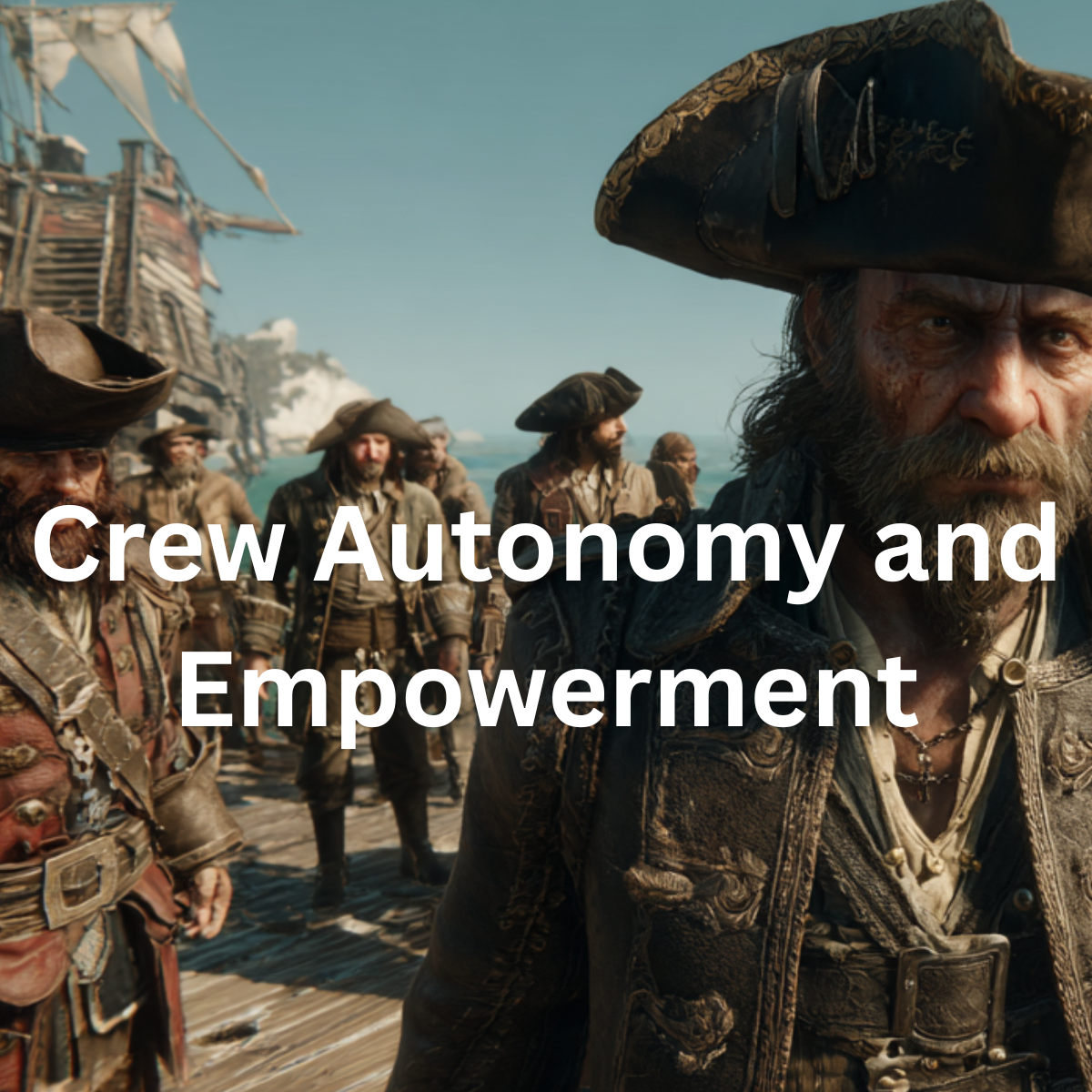A common adage in the business world is a quote attributed to the management guru Peter Drucker, “culture eats strategy for breakfast.” Culture is a term that is used to describe a business climate, attitude, set of guidelines, and unspoken beliefs that seem to govern the behavioral patterns of the employees. Culture is often the unspoken, but commonly followed practices that people hold on to and accept as part of the way things are done. Often times people will follow this culture, really not understanding why, but it will become incorporated into a belief system that seems to drive the very nature of transactions, the candor among people and even be the premise on which new ideas are formed. Culture is a powerful influence on the lives of people and takes many years to form and is very difficult to change. Every organization, great or small, good or bad will have fierce defenders of company culture and they use language to do so.
In my experience, I have seen two primary instances where culture causes difficulty and disruption in even the greatest of plans. Corporate acquisitions and getting married. They seem like two completely separate things, but strikingly similar into the reasons why both were challenging early on in the attempt. With an acquisition, you are bringing two companies, two groups of people, both heavily influenced by their corporate culture together. Even if both companies had the same basic goals, purpose, products and services the way of going about things, the unwritten rules, the view of reality will be completely different. For the same reason it is really difficult to merge two ant hills of the same species, merging two cultures of humans together in common purpose is a challenging process. When I got married, my wife and I had great plans and dreams. We were pretty much aligned on most everything, however the cultures that we grew up in were different. They were not different in any major way, we both came from the same socio economic background and all that. Both of our parents were good people, that taught us both how to behave and act and to have a sense of self and also a willingness to help others. So there was nothing in direct conflict, however, the culture clash still existed for a while.
Years later, I started to piece together the primary culprit in the early years struggle of our first few years of marriage and that helped me also see the reasons why an acquisition is always difficult. What was going on? Here two people, equally committed to our combined success were struggling. I read up on this and realized that this was indeed very common, the early years of any couple’s life is always filled with ups and downs. Now, admittedly, I was probably the bigger problem. Dealing with emotion, and the expression thereof, was probably not my strong suit. That definitely had an impact, but I did notice another thing. We were constantly struggling with what we ‘meant’ by one word or phase. Years later, when things got smoothed out, I was able to reflect. In our first few years of marriage, what was actually going on was a negotiation of a new language. We were not really arguing, but rather expressing what we meant by certain phrases and concepts and establishing an agreement about what things meant. Advance my relationship with my wife by 20+ years, and we now have a very well defined language and as a consequence a very powerful culture established in our family. Before our family could have a meaningful culture, one that we would be willing to defend, we had to agree on the language first.
In going through corporate acquisitions, I always thought I was doing something wrong. I had the right intent and from what I could tell both parties of people were equally willing to figure things out, but why was it so difficult to build bridges between two disparate groups of people coming from two separate cultures? Was I doing something horribly wrong? I have seen some people handle this in different ways. Some will force the culture merger by changing management, reporting structures, and imposing the culture of the larger organization onto the smaller one. That seems to be the easy answer, the rip the band-aid off approach. Others will resolve this by keeping distance and slowly merging where new partnerships start to emerge. This causes less conflict, but slows down the potential of the merger of the organizations. So what was the right approach? I tried hard to talk to people to see if I could understand the root cause of the problem, when I started to make this connection. Language was at the core of most conflict. The most simple of things were causing clashes, because people just meant different things. Language, as it were, was more powerful than I realized. So I did the best thing that I could think of, start to create a new language that both parties could share. That worked in my personal life when my wife and I developed our own internal language, why not in corporate life?
This idea had been rolling around in my head for while. In college, I took several rhetoric classes so the meaning behind words was always an interesting consideration of mine. My favorite author, Kenneth Burke, wrote on the purpose, meaning, and patterns developed by humans to express conscious thoughts. During my studies, I had the opportunity to read several research papers on the influence of language on culture. As it turns out, the language of a culture has a profound influence on the people and their ability to conceive of and deal with innovation, change, and adaption to the impact of trade from foreign peoples. One instance I remember very clearly. The Athabaskan peoples of Alaska, for example, have a very complex system of language surrounding snow. By contrast, people from the United States, with a primary heritage from warmer climates, have very few words for snow. What we might interpret as snow, an Athabaskan could have many different meanings, considerations, and impacts and implications based on word choice. We would only use a descriptor. For example, we might use the phrase wet snow, or powder snow. Indicating a snow with a higher level or lower level of moisture content. We all definitely know not to eat yellow snow, but that is about the extent of our vocabulary on snow. However, the Athabaskan has different words to describe snow on the ground, falling snow, new snow, soft snow, the conditions of the snow 3 feet down versus snow at the crust. The have words for snow that describe the travel conditions or state of snow, and even the time the snow fell as it has an impact on the ability to for a person to traverse. An American would look outside and use the phrase, “it’s snowing,” but an Athabaskan would say one word an convey a whole complexity of meaning, thought, and implication.
You can imagine the culture clash between early American settlers in Alaska and the Native cultures. The American, with a complex and very detailed language around the concept of time, would have a difficult time communicating with an Athabaskan, in translation. The American would say, we need to arrive at our destination by tomorrow at 3:00pm GMT-9, we will be meeting people at the airport in Juneau and we cannot be even 15 minutes late. The Athabaskan might say ‘wx tthi chwk,’ which depending on the translation could mean. We will not make it in time, because there is a little bit of snow planned. Another translation might mean, we cannot travel fast because it is snowing rabbit heads. Depending on the current conditions of the early snow fall and in what season this phrase was used, the meaning could be more complex. The Athabaskan could be saying, we currently have a frozen hard trail with a decent ice crust because of the colder days in fall, but right now we are getting a really dry snow with large flakes which will pack the rails of our sleds and cause us to be very slow. Therefore the current trail conditions mean that our travel time will be challenged. During the sled trip, the American would be freaking out because the are getting closer to 3:00pm, and asking how long is it going to take, how many minutes? The Athabaskan would be looking at this deranged lunatic, dumfounded as the translator relates back to him, I told you it was snowing.
Everett Rogers first published a book on the Diffusion of Innovations theory in the early 1960s. The concept is an attempt to explain why a new innovation is not grasped by a population of people and how only a few of the many new features of a system actually get adopted. Although he dives into many reasons, one of the driving problems is that of the social system in place by the people adopting the new innovation. You will probably recall the concepts of innovators, early adopters, early majority, late majority and laggards. We can attribute those classifications of adopted categories to Rogers’ work. Many studies have come out since he published his first work, the concept of the problem behind human adoption is definitely fascinating. I remember reading one study behind the causality of the failure of a new device released to Doctors in Brazil to help teach women about how to use the ‘rhythm method’ as an effective form of birth control. The device was a medallion that you would wear as a necklace under your clothes and each day you would turn the medallion. When the indicator on the dial was green, you were ‘good to go,’ but when red, you were not to engage. The problem was the social construct of the Brazilian night club scene in that time period. These medallions because a social symbol and pretty soon women were wearing them at night clubs, deliberately turning the dial to green. The rate of pregnancy among young adults sky rocketed!
Language is not always about the exact definition of words, in fact it rarely is. What one person means by the word ‘love’ will be a whole different meaning for a person in a different culture. Even the most simple of concepts can take on a completely different connotation depending on how the culture perceives the implementation and efficacy of whatever is being asked. I learned during mergers of different engineering teams, support teams, sales teams and management teams that meaning behind language is absolutely the first thing that must be clarified for people to start accepting the new culture that is formed. The most simple concepts can be construed completely differently in implementation, practice and intent. An example is that during one of the acquisitions that I participated in, we would use the concept, ‘we need to sell more services,’ frequently. That is a simple concept, and you would think that shared meaning was easy to establish. However, both cultures viewed this concept completely differently. Who sells the service, who is engaged to do so, what type of services are desirable, how are they sold, how are they quoted, how does one receive compensation for the sale of services; all of these are nuances behind the meaning of the word, all of these are what culture defends. So, no wonder, when we tried to roll out a new way of delivering services, and a new way of approaching the business of introducing more services to our client base that it completely failed. We had no shared language, we were not talking about the same thing.
Many existential philosophers, such as Nietzsche, put a large emphasis on the impact that language has on the capacity and ability for humans to think. Some even argue that language is developed before thought. You might actually recognize this fact in small children. They of course have basic impulses and the capacity of processing information that comes in through the senses, but recognition comes when language is formulated in the child’s mind. Once that occurs, hierarchy begins to develop, importance is attributed, priorities established and some major steps occur in personality development, including the ability to recognize that something is NOT here. Peek a boo is a game we all teach, because object permanence is a really complex mental leap that we as humans build into our youngsters very early on. So does language proceed thought? I do not know, but I can tell you one thing for absolute certain, language does precedes culture. If you want to merge two cultures, or if you want to establish a new culture, or improve an existing one, it all starts with the development of new language. This is probably the single greatest influence a leader can have and that is introducing a new language to the team. The second influence might be to bring in new people, but those people will have their own language, and they will need to be taught.
My initial experiments with this idea were comical at best. However, as learned from a few failures, I think that I have started to recognize the areas in the business where new language needs to be defined. Rather then trying to explain an entire concept, over and over again, I have began to invent ways to reduce that to a single word or phrase. Then with creative symbolism and catchy fun motif, I have kept striving to get each of the team to start using the new language. This builds a collective third mind, a mind that is much stronger than the individual contributors. I have not perfected this process, but I have seen enough now to know and understand how critically important it is. You can never just use words without defining them, carefully constructing them and repeating them frequently and often. Words and language are your greatest instruments in your attempts to influence the culture of the organization that you are working in. If you want to merge people together, get them working in common interest, then you need to pay attention to the language your culture uses.
So whether you are in a simple two person relationship, like a marriage, to a complicated relationship with people in your company, you must realize that Peter Drucker was right. All your plans, strategies, and great ideas will go nowhere if the culture fights against you. You must first understand the culture by understanding the language that it uses, and why. What is the real and hidden meaning behind phrases that people commonly use? A great mentor of mine, taught me one rule that has always stuck with me. When becoming a leader in a new organization, do not make any changes right away, listen to what people say first. Everything that a company does, they are doing for a reason. Understand that reason before you start to make changes. I think he meant the same thing as I intended in this blog. You can never underestimate the language of the culture in which you belong. You want a better culture? You want to improve things in your company. Work on the language people use first.
Guy Reams



